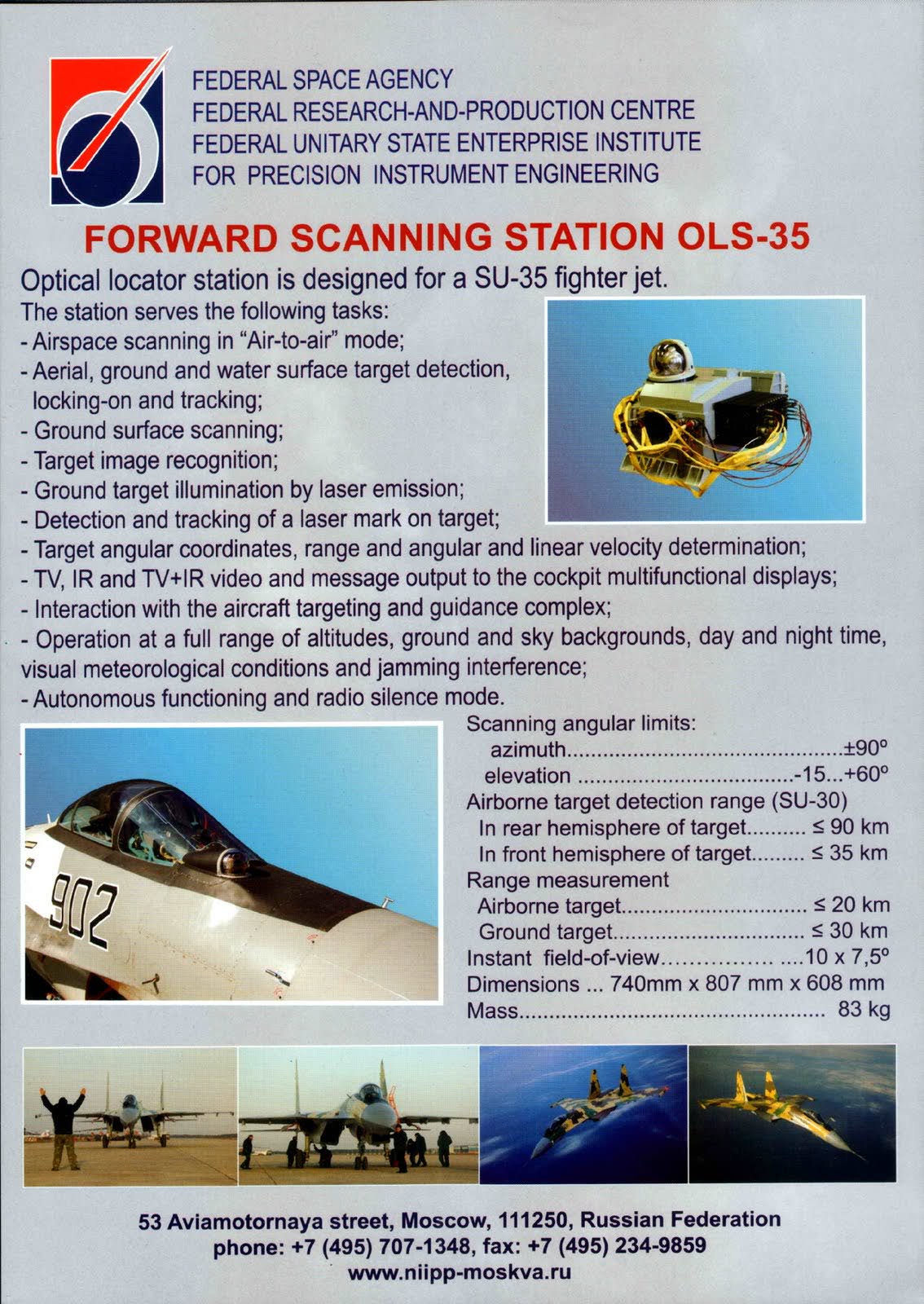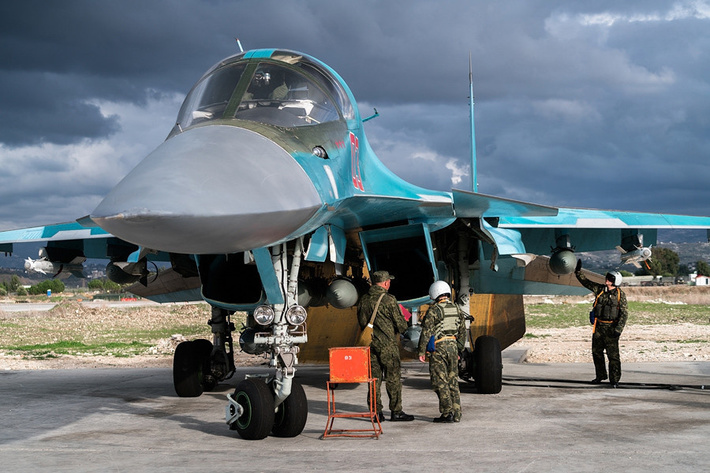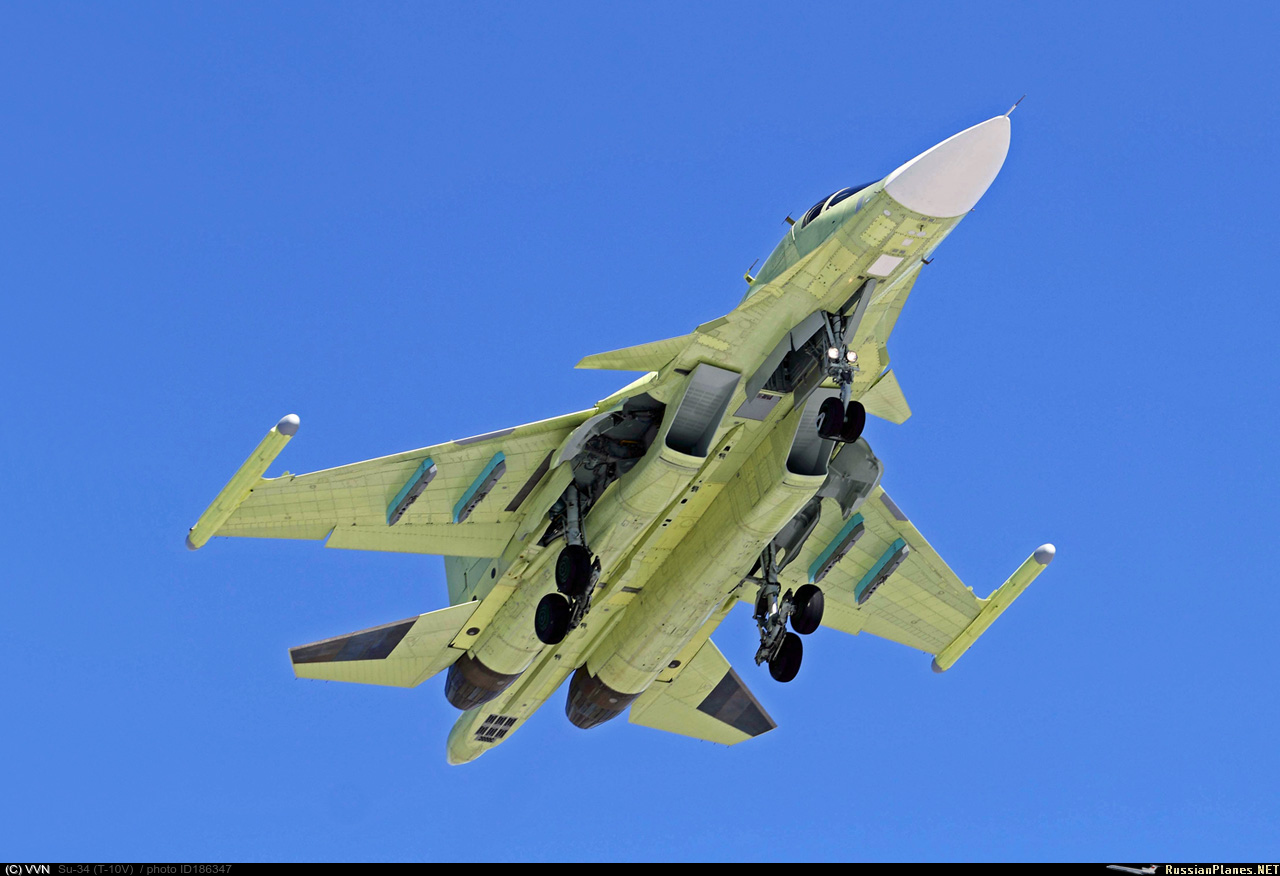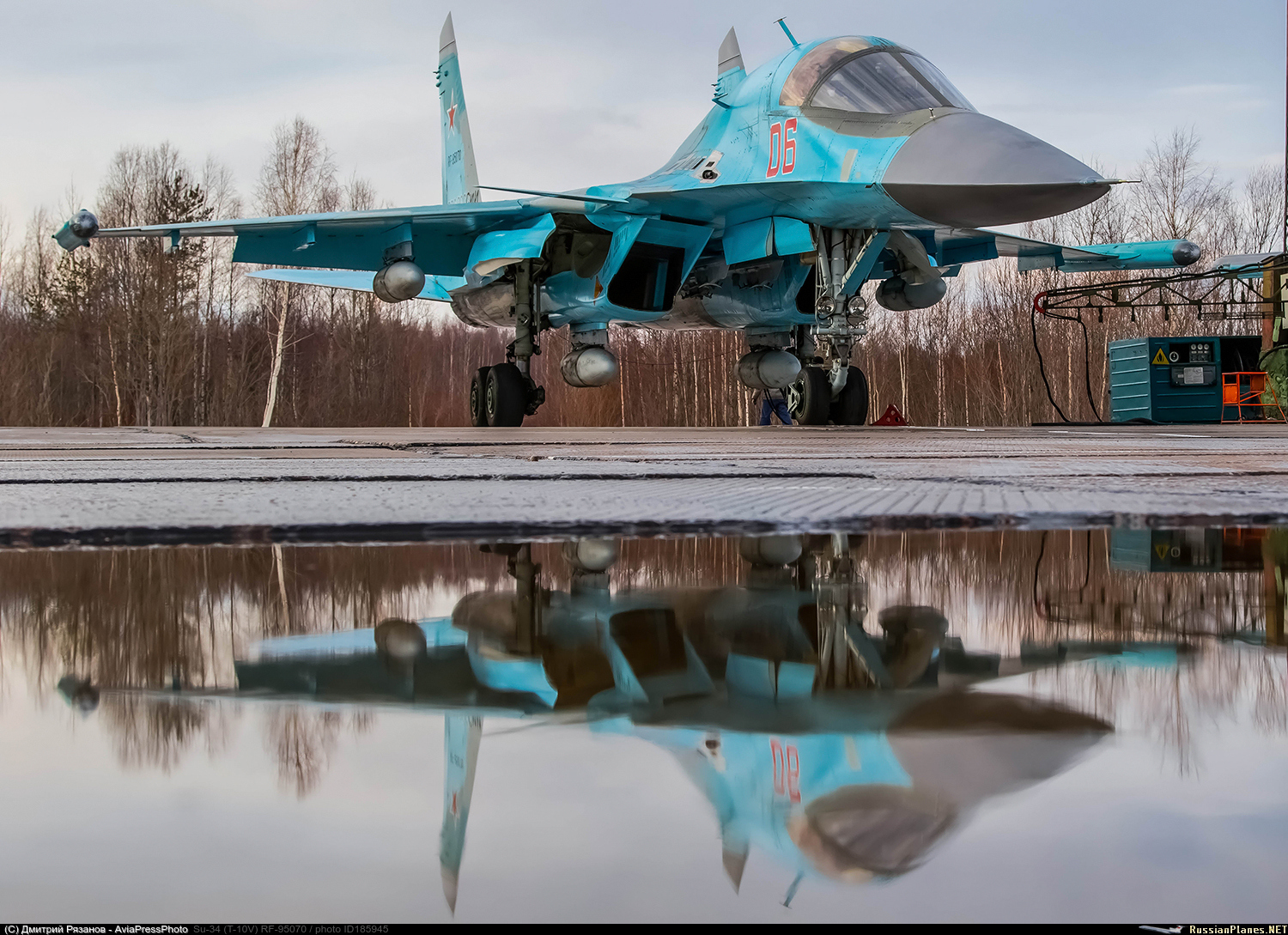just found
Su-35 versus Typhoon: Analysis from RUSI’s Justin Bronk
... etc., goes on in the source:
I think Justin Bronk's analysis is rather superficial maybe because his background is basically research rather than direct military experience or specific industry knowledge. The qualitative nature of his analysis lacks insight and meaningful analysis.
Even my rudimentary understanding of such matters would take issue with some of his analysis. For example, he made the following comments regarding the F-22:
Whilst the Su-35 does have the hypothetical capability to detect the F-22 at close ranges using its IRST and potentially the Irbis-E radar, both sensors would have to be cued to focus on exactly the right part of sky to have a chance of generating a target track. By contrast, the F-22 will know exactly where the Su-35 is at extremely long range and can position for complete control of the engagement from the outset with superior kinematics.
The first sentence is rather meaningless from an analysis standpoint because that is the basic function of any sensors and he is not adding any specifics for a supposedly research analyst. The second sentence is highly problematic in his assessment that the detectability of the SU-35 by the F-22 and its positioning is somehow due to superior kinematics. Such comments project a lack of understanding of the subject matter. The underlying development philosophy of the F-22 is to put together a highly capable stealth platform with superior SA and that means a requirement to integrate the avionics and sensors that would be enhancing rather than degrading in effect. In order to understand this requires an understanding of how the package collectively works together and not just the workings of the individual components. The sensors of the F-22 are principally the APG-77 and ALR-94. In order to maintain stealth, emission of APG-77 needs to be managed without comprising SA requires integrating the features of active and passive sensors and the fusion of such data and linking such data into a collective web in driving operational tactics. This is a mouthful and requires explanation. The centre piece of the SA capability is the ALR-94 which Tom Burbage, former head of the F-22 program at Lockheed Martin, has described it as "the most technically complex piece of equipment on the aircraft." It is commonly quoted that the ALR-94 has the passive capability to detect emissions that are in excess of 400 kms away. The ALR-94 provides 360 degrees coverage in all bands, with both azimuth and elevation coverage in the forward sector. As both the passive and active sensors are integrated (unlike legacy aircrafts), the APG-77 then uses techniques such as cued tracking as updated by the ALR-94 to generate a very narrow pencil like beam (as little as 2X2 degrees) at specific target sector to look, detect and track the target in azimuth and elevation. The sensors are connected to the fighter's Common Integrated Processor (CIP) banks in the forward fuselage which manages the active emission of the APG-77 by variable means in terms of beam width, power intensity, scan pattern and selective targeting based on threat assessment to stay under detectability thresholds. In other words, sensor fusion and emission control are closely linked. The more the ALR-94 can be used to build and update the tactical picture, the less the system needs to use the APG-77. High-priority emitters such as fighter aircraft at close range can be tracked in real time by the ALR-94. In this mode, called narrowband interleaved search and track (NBILST), the radar is used only to provide precise range and velocity data to set up a missile attack. This I believe is the main reason why there is a lack of priority to install IRST onto the F-22, because it is already a sensor rich platform.
Another technology in building the SA, is in using the intraflight datalink (IFDL), a low-power LPI link which connects two or more F-22s at close range. The sensors and the CIP's are connected to build a collective web of SA in a F-22 flight formation. The data from the APG-77, ALR-94 and the datalinks are correlated according to their azimuth, elevation and range. Data is combined into a track file, and the final target picture is obtained by choosing the read-out from the most accurate sensor.
We know from the various red flag exercises, the F-22 clearly dominates in SA and that is because of its integrated active and passive sensors combined with its stealth features. The same reason why the SU-35 will share the same fate and not because of some kinematics with the F-22.




